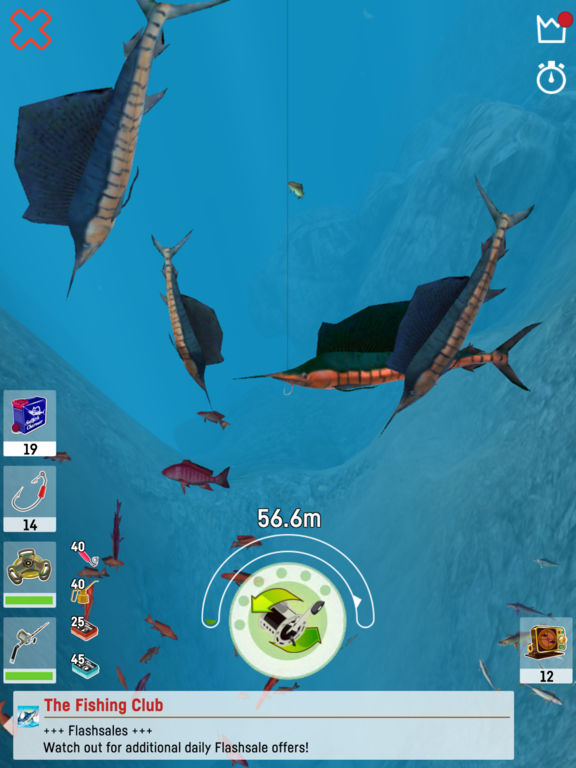

The term salmon has mostly displaced its now dialectal synonym lax, in turn from Middle English: lax, from Old English: leax, from Proto-Germanic: * lahsaz from Proto-Indo-European: *lakso. The unpronounced "l" absent from Middle English was later added as a Latinisation to make the word closer to its Latin root. The Modern English term salmon is derived from Middle English: samoun, samon, saumon, from Anglo-Norman: saumon, from Old French: saumon, from Latin: salmō. Many species of salmon have since been introduced and naturalized into non-native environments such as the Great Lakes of North America, Patagonia in South America and South Island of New Zealand. They are also highly prized game fish for recreational fishing, by both freshwater and saltwater anglers. Salmon are important food fish and are intensively farmed in many parts of the world, with Norway being the world's largest producer of farmed salmon, followed by Chile. Homing behavior has been shown to depend on olfactory memory. A portion of a returning salmon run may stray and spawn in different freshwater systems the percent of straying depends on the species of salmon. Folklore has it that the fish return to the exact spot where they hatched to spawn, and tracking studies have shown this to be mostly true. However, populations of several species are restricted to fresh water throughout their lives. Salmon are typically anadromous: they hatch in the gravel beds of shallow fresh water streams, migrate to the ocean as adults and live like sea fish, then return to fresh water to reproduce. Other closely related fish in the same family include trout, char, grayling, whitefish, lenok and taimen. Salmon ( / ˈ s æ m ə n/) is the common name for several commercially important species of euryhaline ray-finned fish from the family Salmonidae, which are native to tributaries of the North Atlantic (genus Salmo) and North Pacific (genus Oncorhynchus) basin. Oncorhynchus tshawytscha ( Walbaum, 1792)Ĭladistically included but traditionally excluded taxa.Oncorhynchus gorbuscha ( Walbaum, 1792).

Each range is supplied with target stands and lathe for posting targets. The ranges offer raised wooden shelters with shooter and spectator benches. These small ranges are perfect for individuals or small groups who want to work on target skills acquisition or sight in a firearm. Use of these ranges is available to any member who has successfully completed the Range User Course (RUC). PCDHFC offers one 50 M range (3), two 25 M ranges (4 & 5), and one 10 M range (6) for pistol and/or smallbore. Ranges 3–6: Members Range User Certified (RUC) Unfortunately, staffing issues may not always mean R10 is open. If you are NOT an RUC member, please CALL AHEAD to the Range office at 60 to see if there are Range Officers available that day to supervise. If you are an RUC-certified member, please sign in and speak to a Range Officer the same as you would for Range 3-6. To use Range 10, speak to a Range Officer at Range 7. This range has an assortment of steel targets set out for pistol and rimfire and with cease fires allows placement of user’s paper targets. Range 10 is our newest 30m range which is available under supervision of ROs on request and to Range User Course certified members (RUC). Range 10: Steel Range for pistol, rimfire and shotgun. Range 7 is used by our Wednesday night Small-Bore Committee and on Thursday night by NRL22. Surplus FMJ (Full Metal Jacket) and Steel Core ammunition is approved.Ammunition – no tracer or armour-piercing.Rifle – Any caliber up to and including.Range 7 is approved for Rifle and Shotgun (Slugs Only). Target stands are provided at 25, 50, 100 and 200 yards. The 200 Yard Rifle Range has a large covered shelter with 22 shooting positions for rifle and shotgun. Limited Opening Guidelines for Committees during COVID.


 0 kommentar(er)
0 kommentar(er)
